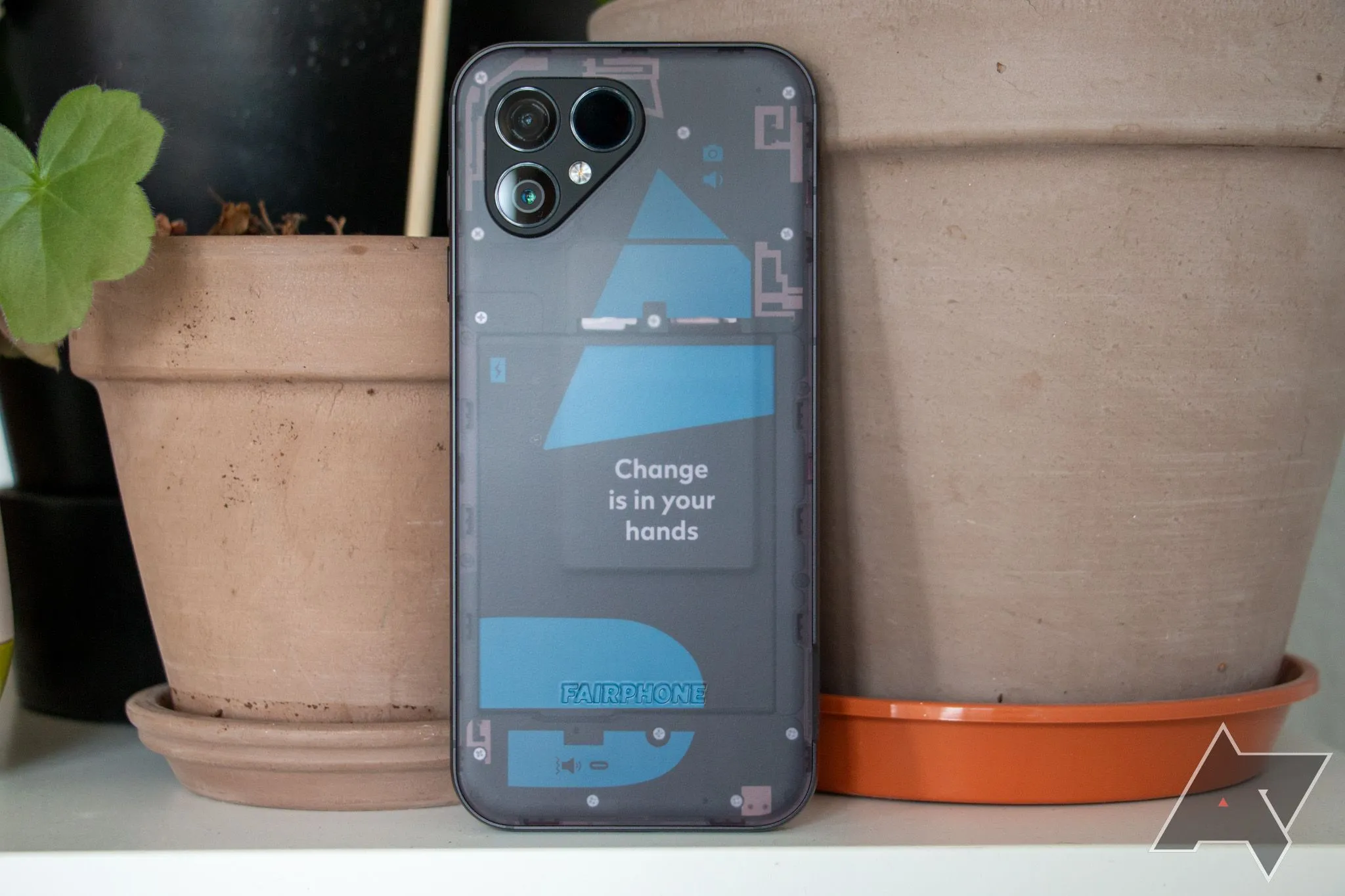Two years after the Fairphone 4 and following the release of some audio products like the Fairbuds XL, the Dutch company is back with a new repairable phone: the Fairphone 5. It looks and feels a lot like the Fairphone 4, but it adds choice upgrades across the board, making it the most modular and also most modern-looking repairable phone from the company yet.
The design is largely unchanged compared to the Fairphone 4, but the improvements that the company did make go a long way: The teardrop notch and the LCD screen is finally gone, with an ordinary punch-hole selfie and an OLED taking its place. Otherwise, you’re looking at an aluminum frame, a triangular camera array, and a removable back cover. Here, the company brought back its signature translucent back cover next to two black and blue variants. The dimensions and weight has been reduced ever-so-slightly compared to the predecessor.



Can you elaborate on why? Like, I’m not surprised, I just am not involved in this space enough to know why.
Proprietary drivers/firmware. Basically makes it impossible/very hard to develop custom ROMs/operating systems (the lack of openness makes it super hard to extend/modify/verify the software running on these chips).
The drivers are well separated via HAL so you can absolutely make custom ROMs/OSes without changing those. The Android OS has way more code above the HAL layer than below. You can’t however arbitrarily update the Linux kernel, modify the drivers or fix security issues found, beyond the security support window provided by Qualcomm.
So you can’t make free software OSes.
Are there any better alternatives? The only ones I’m aware of off the top of my head would be Samsung’s Exynos, Kirin, and MediaTek. From the little experience I have in the space it always struck me as Qualcomm being the least shitty option, not necessarily the best.